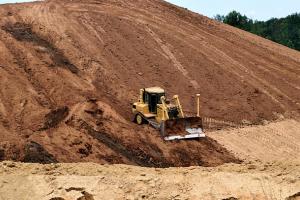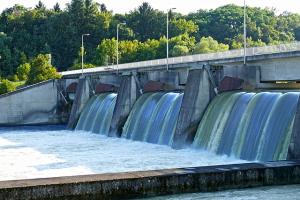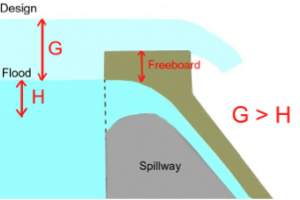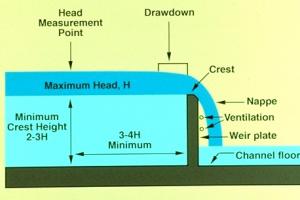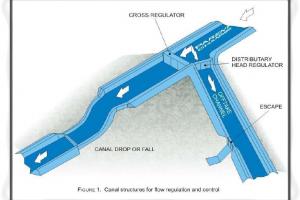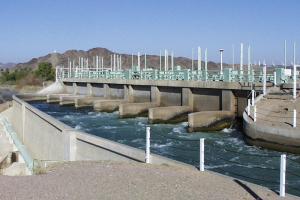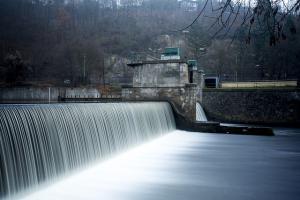Determination of Discharge Capacity and Number of Spillways
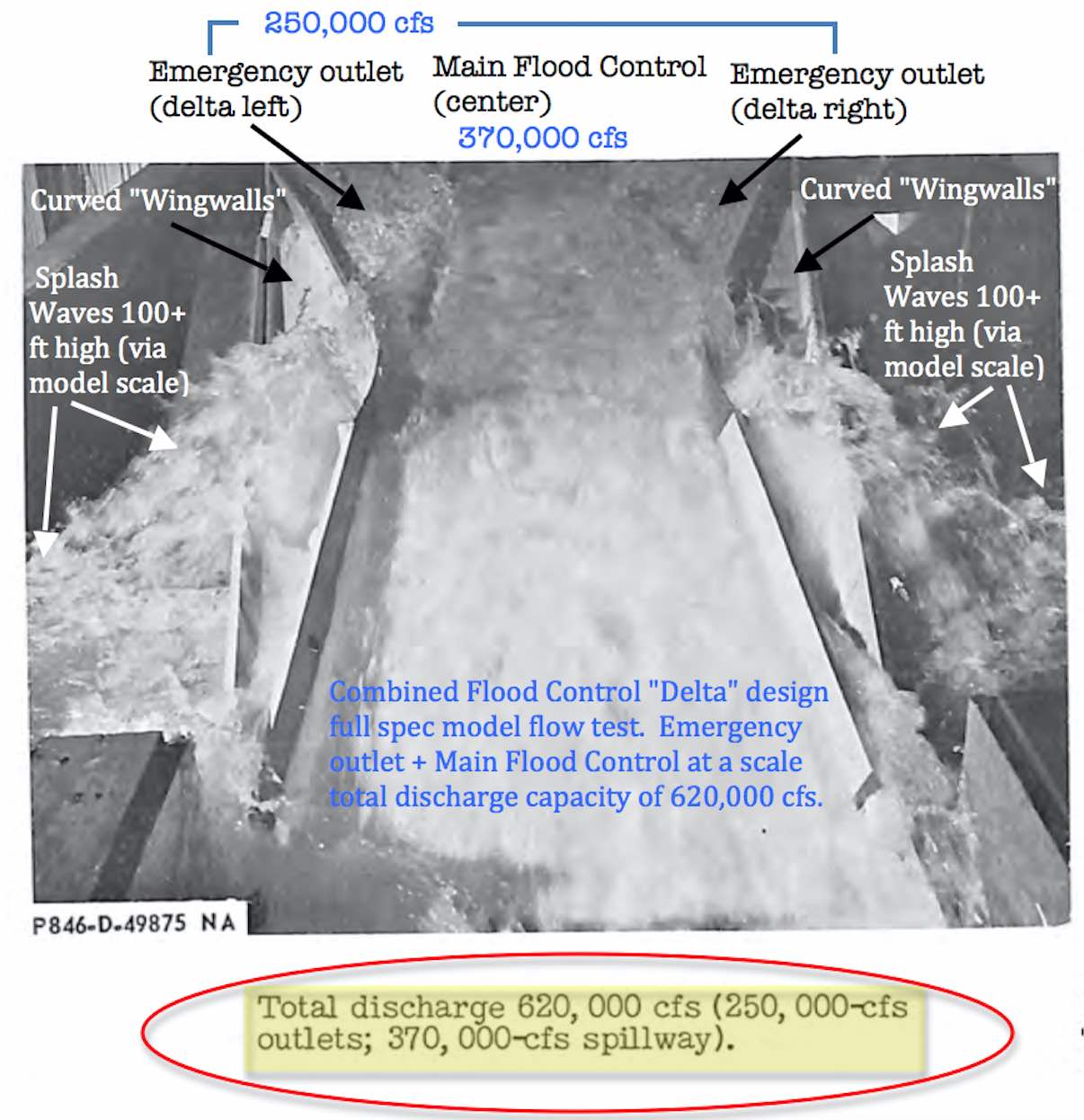
The maximum discharge capacity and the number of spillways are determined by studying the following factors:
Dams are vital infrastructure projects that provide a range of benefits, from flood control to water storage and hydropower generation. One of the key aspects in the design of a dam is determining the discharge capacity and the number of spillways required. These factors play a crucial role in managing and controlling the flow of water, ensuring the dam's stability, and protecting downstream areas. In this article, we explore the methods and considerations involved in determining the discharge capacity and number of spillways for a dam.
Understanding Discharge Capacity:
The discharge capacity of a dam refers to the volume of water that can pass through the spillway(s) safely without causing overtopping or failure of the dam structure. It is essential to accurately determine the discharge capacity to prevent catastrophic events and maintain the structural integrity of the dam.
Factors Affecting Discharge Capacity:
Design Flood:
The design flood is the maximum anticipated flow that the dam needs to handle during extreme weather events. It is determined based on historical data, rainfall patterns, and hydrological studies. The design flood helps in estimating the peak flow rate that the spillway(s) should be able to handle.
Reservoir Inflow:
The inflow of water into the reservoir is influenced by various factors such as the catchment area, precipitation, and runoff patterns. Estimating the maximum inflow rate is crucial for determining the discharge capacity of the spillways.
Reservoir Storage Capacity:
The storage capacity of the reservoir affects the discharge capacity requirements. A larger reservoir can store a greater volume of water, reducing the need for high-discharge capacity spillways.
Methods for Determining Discharge Capacity:
Hydraulic Analysis:
Hydraulic analysis involves studying the flow characteristics of the river or stream that the dam is built on. It includes determining the peak flow rates, velocity, and water levels during different scenarios, such as normal operation and extreme flood events. Hydraulic models and computer simulations are often used to analyze and predict the behavior of water flow.
Spillway Design Standards:
Regulatory authorities and engineering guidelines provide specific design standards for spillways. These standards consider factors such as the safety of downstream areas, the dam's structural integrity, and environmental impact. They outline the required discharge capacity based on the design flood and other relevant parameters.
Determining the Number of Spillways:
The number of spillways required for a dam depends on several factors, including:
Discharge Capacity:
The total discharge capacity required for the dam is a significant factor in determining the number of spillways. If the required discharge capacity exceeds the capacity of a single spillway, multiple spillways may be necessary.
Redundancy and Safety:
To ensure the reliability and safety of the dam, redundancy is often incorporated into the design. Having multiple spillways provides backup options in case of maintenance or failure of one spillway.
Flexibility and Operational Efficiency:
Designers consider the flexibility and operational efficiency of the dam system. Multiple spillways allow for controlled releases of water, enabling better water management and meeting various operational requirements.
Conclusion:
Determining the discharge capacity and the number of spillways for a dam is a complex process that requires careful analysis of hydraulic conditions, design standards, and safety considerations. By accurately estimating the peak flow rates, considering the design flood, and adhering to regulatory guidelines, engineers can ensure the dam's stability and protect downstream areas from the risks of overtopping and flooding. The successful determination of discharge capacity and the appropriate number of spillways is crucial in the overall design and operation of a dam, contributing to its long-term effectiveness and safety.



